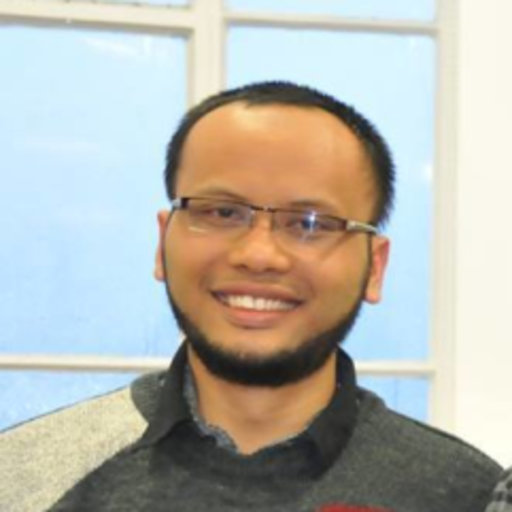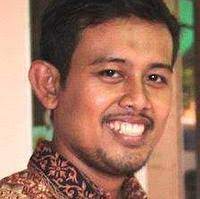Plagiarism Policy
Remarks and guidelines
Forum Geografi has established the following policy outlining precise actions (penalties) that will be taken when plagiarism is found in an article that has been submitted for publication in this journal.
Use or close replication of the words and ideas of another author while representing them as one's own unique work is defined as plagiarism.
Papers must be original, unpublished, and not in the process of being published elsewhere. Any information that has been obtained directly from another source needs to be recognized as such by (1) indentation, (2) use of quotation marks, and (3) citing the source.
Any text that is longer than what is considered fair use (here defined as more than two or three sentences or the equivalent) or any graphic material that has been copied from another source need the permission of the copyright holder and, if possible, the original author(s), as well as attribution, such as previous publication.
Turnitin.com is an online platform that is widely used for detecting plagiarism in submitted papers. Plagiarism refers to the act of presenting someone else's work, ideas, or words as one's own without proper acknowledgment or citation. With Turnitin.com, the submitted papers are compared against a vast database of academic sources, internet content, and previously submitted works to identify any instances of potential plagiarism. When plagiarism is detected in a submitted paper, the responsibility falls on the editor in chief who is in charge of reviewing the work. The editor in chief plays a crucial role in ensuring the integrity and originality of the published content. They carefully examine the nature and extent of the plagiarism identified by Turnitin.com to determine appropriate measures. The decision on the appropriate measures to be taken depends on the severity and level of plagiarism detected. The editor in chief has the discretion to decide on the necessary actions, which may include:
- Providing feedback and requesting revisions: In cases of minor or unintentional plagiarism, the editor may request the author to revise their work, properly cite the original sources, or rewrite the plagiarized sections.
- Rejection or withdrawal: In more serious cases of plagiarism, where substantial portions of the work are plagiarized, the editor may reject the submission outright or ask the author to withdraw the paper.
- Reporting and disciplinary action: If the plagiarism is severe or deliberate, the editor may report the incident to the relevant institution, academic organization, or journal, leading to potential disciplinary actions against the author, such as academic penalties or professional consequences.
Comparability level
Forum Geografi has a zero-tolerance policy for plagiarism. The similarity index is evaluated using Turnitin, and the editor then evaluates whether or not there is evidence of plagiarism (the author will receive a similarity report). Following decisions have been made by the editorial board:
- Article Rejected (due to poor citation and/or poor paraphrasing, flatly rejected, NO RESUBMISSION ACCEPTED) if Similarity Index is above 25%.
- Similarity Index (10–25%): Refer to the author for revision (include accurate citations at all relevant points of similarity, and effectively paraphrase even when a citation is given).
- Index of Similarity Less than 10%: Accepted or possible citation improvement (all materials that were outsourced must have accurate citations).
In situations 2 and 3, the authors must meticulously edit the piece, provide all necessary citations, and properly paraphrase any language that was outsourced. Additionally, submit the manuscript again with a fresh Turnitin result demonstrating NO PLAGIARISM and similarity below 10%.
Additional details
It is acknowledged that writers are accountable for the information contained in the papers they submit because they check the articles' originality declaration before submitting them and have read this policy on plagiarism. The Editorial Board will decide what actions to take if a second instance of serious plagiarism by the same author(s) is discovered. The author(s) can always be prohibited from submitting new articles.
This guideline also applies to content that has been lifted verbatim from a work by the same author(s). If an author uses text or images that have already been published, they must identify the relevant sentences or images and cite the earlier work. It is assumed that much of the content in a review article or paper with a teaching style has already been published.
When using previously published content, the author must credit its original author and publisher and acquire their consent. When an author submits a manuscript to Forum Geografi that significantly overlaps a manuscript that was simultaneously submitted to another journal, and this overlap is found during the review process or after both papers have been published, the editor of the other journal is notified, and the case is handled as a serious case of plagiarism. Significant overlap is defined as using practically identical figures and almost identical text for at least half of the work. Self-plagiarism that constitutes more than one-tenth of a paper but less than one-half of the paper is considered intermediate plagiarism. Self-plagiarism that only occurs in the techniques section will be regarded as minor plagiarism.
An author must identify the previously published information and note how it differs from the current publication if they use some of their previously published work to explain the presentation of new results. Republishing requests must be made to the copyright holder. The authors must specify the name of the conference proceedings and the date of publication and obtain permission to republish from the copyright holder in the case of a manuscript that was initially published in conference proceedings and is then submitted for publication in Forum Geografi, either in identical form or in expanded form. This paper might not be accepted for publication by the editor. However, an author is allowed to use content from a presentation that has not yet been published, including visual presentations, in a subsequent journal article. When submitting a publication that was first published in another language, the authors must specify the title, date, and journal of the original publication and secure the copyright.
AI Generated Content
We refer to COPE's recommendations on AI use policy. Authors who use AI tools in the writing of a manuscript, production of images or graphical elements of the paper, or in the collection and analysis of data, must be transparent in disclosing in the Methods section of the paper how the AI tool was used and which tool was used. Authors are fully responsible for the content of their manuscript, even those parts produced by an AI tool, and are thus liable for any breach of publication ethics.
All manuscripts will undergo AI text screening to detect AI-generated content. If AI-generated content is detected but not disclosed in the Methods section, the manuscript may be rejected. Please note that the use of AI should be rational and acceptable.

















